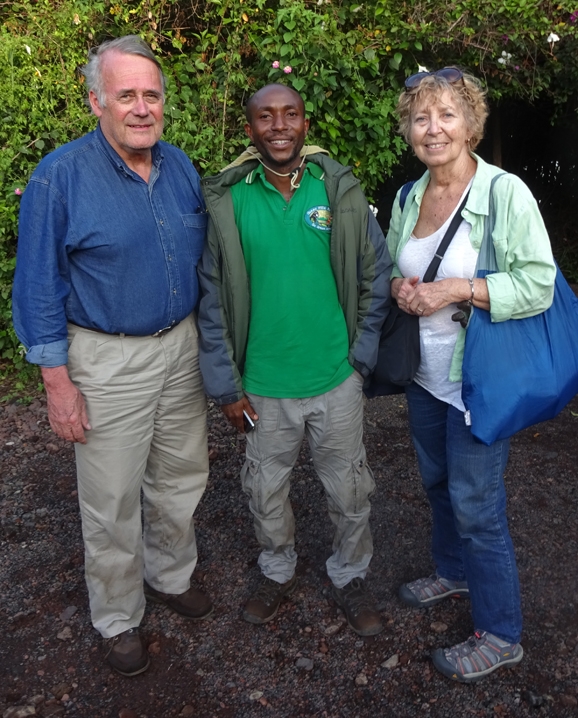
Never forget the insects!
Such was the case when James R. Carey, UC Davis distinguished professor of entomology, and his wife, Patty, visited Africa over a seven-year period, returning with amazing images and videos of lions, tigers and elephants...but also a few images of dung beetles, moths and other insects.
Carey will deliver an educational, innovative and entertaining presentation on “African Odyssey: Wildlife Adventures, Natural Wonders and Indigenous Peoples” at 4:10 p.m., Wednesday, May 22 in 122 Briggs Hall, located off Kleiber Hall Drive, UC Davis campus.
"We drove over 12,000 miles in Sub-Sahara Africa, mostly self drive, including visits to or safaris in 25 national parks and 11 Unesco World Heritage sites in Kenya, Uganda, Botswana, Ethiopia, South Africa, Namibia, Congo, Swaziland, Lesotho and Tanzania," Carey said,
The live narrated video-seminar, hosted by the UC Davis Department of Entomology and Nematology as part of its weekly spring seminars, is based on video and pictorial content that the Careys recorded during vacations or on weekend trips during his annual teaching stints on the African continent over the last seven years.
“Although I include some entomological context, the main purpose of my talk is to enlighten everyone who attends about the remarkable—and moderately priced—travel opportunities in eastern and southern Africa,” Carey said. His talk will encompass Kenya, Uganda, Ethiopia, Rwanda, Tanzania and the Congo in eastern Africa, and Botswana, Zimbabwe, South Africa, Namibia, Swaziland and Lesotho in the south.
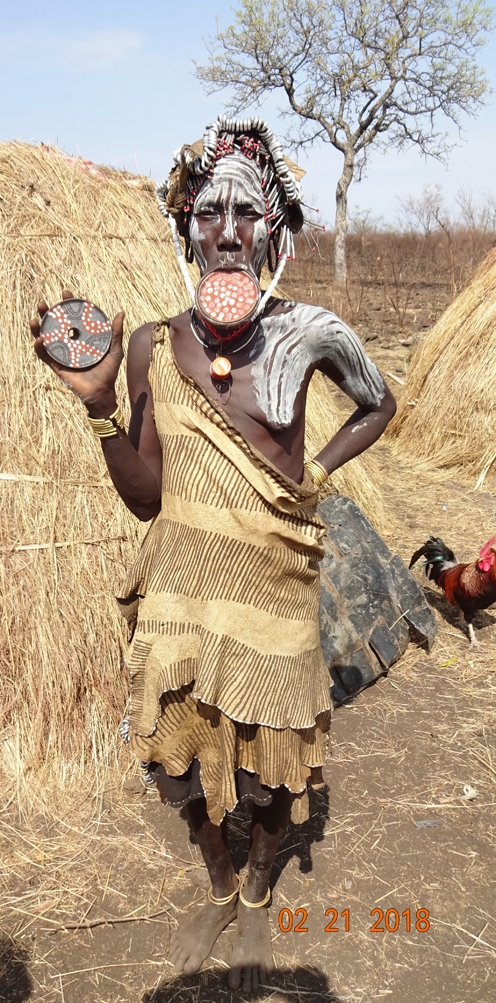
Part 1: Wildlife adventures, including such topics as mountain gorillas in the Congo, floodlit watering holes, wildebeest migration, Okavango Delta, elephant herds and a wild dog pack in Botswana, plus overland, balloon and horseback safaris, and Namib and Kalahari Desert road trips.
Part 2: Natural wonders and sightseeing, centering on Table Mountain, Victoria Falls, Capes of Good Hope and Agulhas, Zanzibar, genocide and apartheid museums, livestock markets and a sudden flash flood.
Part 3: Indigenous cultures, covering singing fishermen of Lake Kivu, tribal peoples including Batwa pygmy, Hadza bushmen, Himba, Mursi and Dasenich tribes, and township tours of Langa and Soweto slums.
In his first African Odyssey presentation (standing-room only crowd) to the UC Davis Department of Entomology and Nematology in April of 2015, Carey covered “African Odyssey: A Natural History and Cultural Journey Through Uganda, Namibia and Kenya.” Attendees applauded it as “entertaining, innovative and fast moving.” They were so enthralled that no one looked at their cell phone! (Watch presentation on YouTube.)
Known for his technological innovations, Carey received the 2015 Distinguished Teaching Award from the Entomological Society of America. He has taught video instruction methods for the 9-university Consortium for Advanced Research Training in Africa, including Nairobi and Uganda for seven years.
Carey focuses his research on insect demography, mortality dynamics, health span and aging. He and population biologist Deborah Roach of the University of Virginia are authors of a soon-to-be-published book Biodemography: An Introduction to Concepts and Methods (Princeton).
Carey, who joined the UC Davis faculty in 1980 after receiving his doctorate in entomology from UC Berkeley, directed the federally funded program, “Evolutionary Ecology of Lifespan,” from 2003 to 2012, with projects ranging from the evolutionary of aging and the biodemography of nematodes and fruit flies to the longevity of red deer and soay sheep in Scotland and the health span in the Tsimani people of Bolivia.
Attached Images:
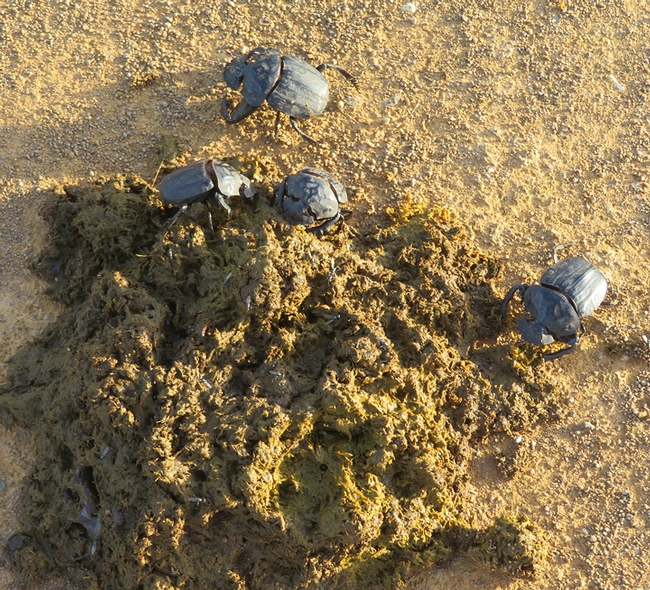
Dung beetles in St Lucia Wetlands National Park, South Africa. (Photo by James R. Carey)
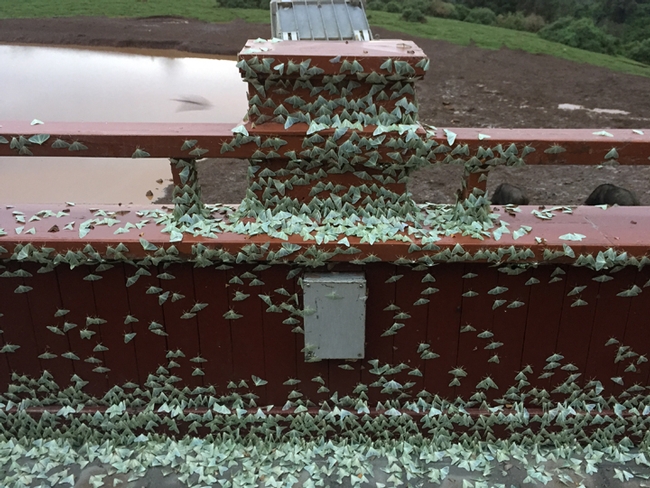
Moth emergence at The Arc (lodge), Aberdare National Park, Kenya. (Photo by James R. Carey)
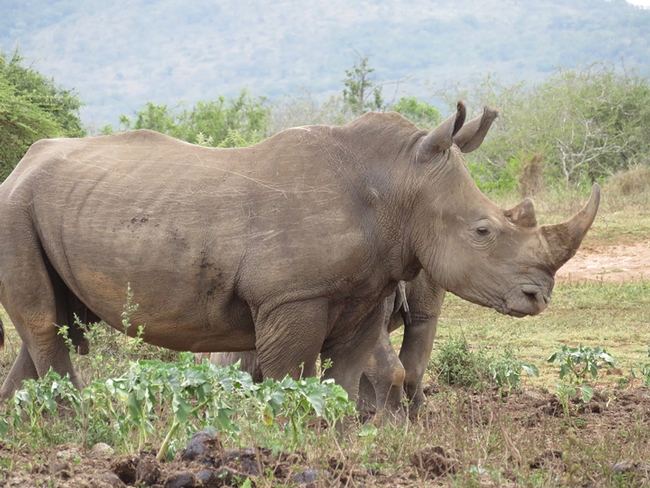
This image of a white rhino (critically endangered species) was taken on the Careys' safari in Hluhluwe-Imfolozi Park, South Africa. (Photo by Patty Carey)
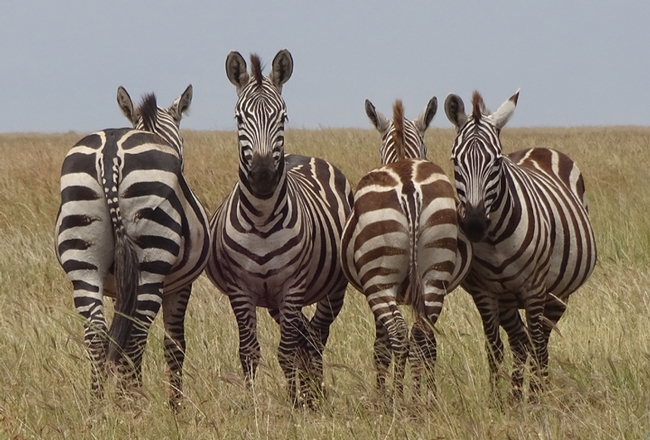
Zebras watching out for predators in the Serengeti National Park on overland safari. (Photo by Patty Carey)
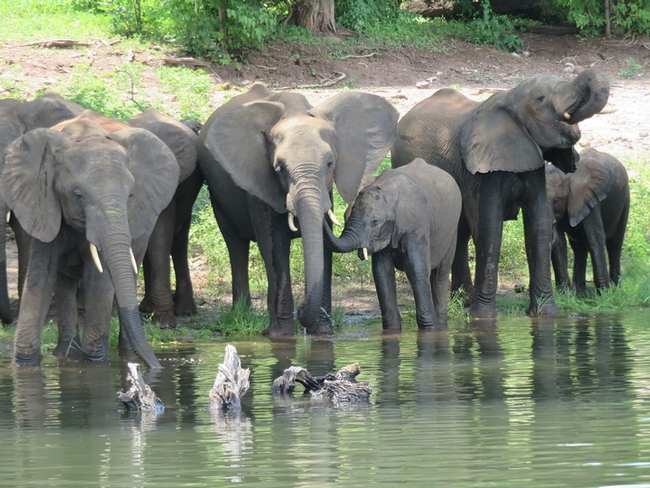
Elephant family at river in Chobe National Park, Botswana. (Photo by Patty Carey)
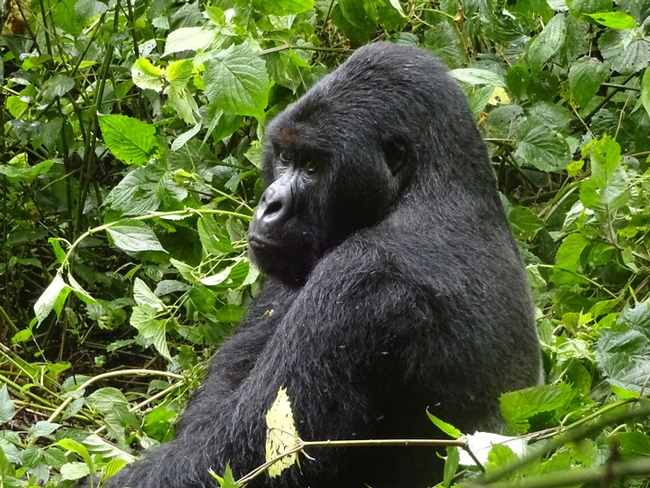
Mountain gorilla (critically endangered species): this image was taken on the Careys' trek in Virunga National Park, Democratic Republic of Congo. (Photo by Patty Carey)
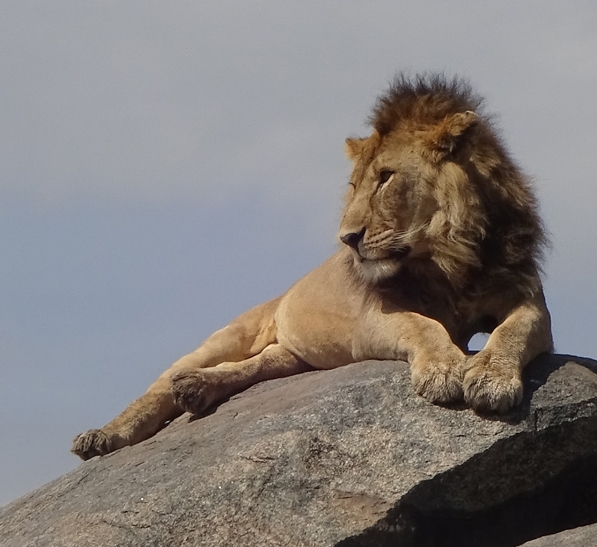
Male African lion sleeping on rock in Serengeti National Park, Tanzania. (Photo by Patty Carey)